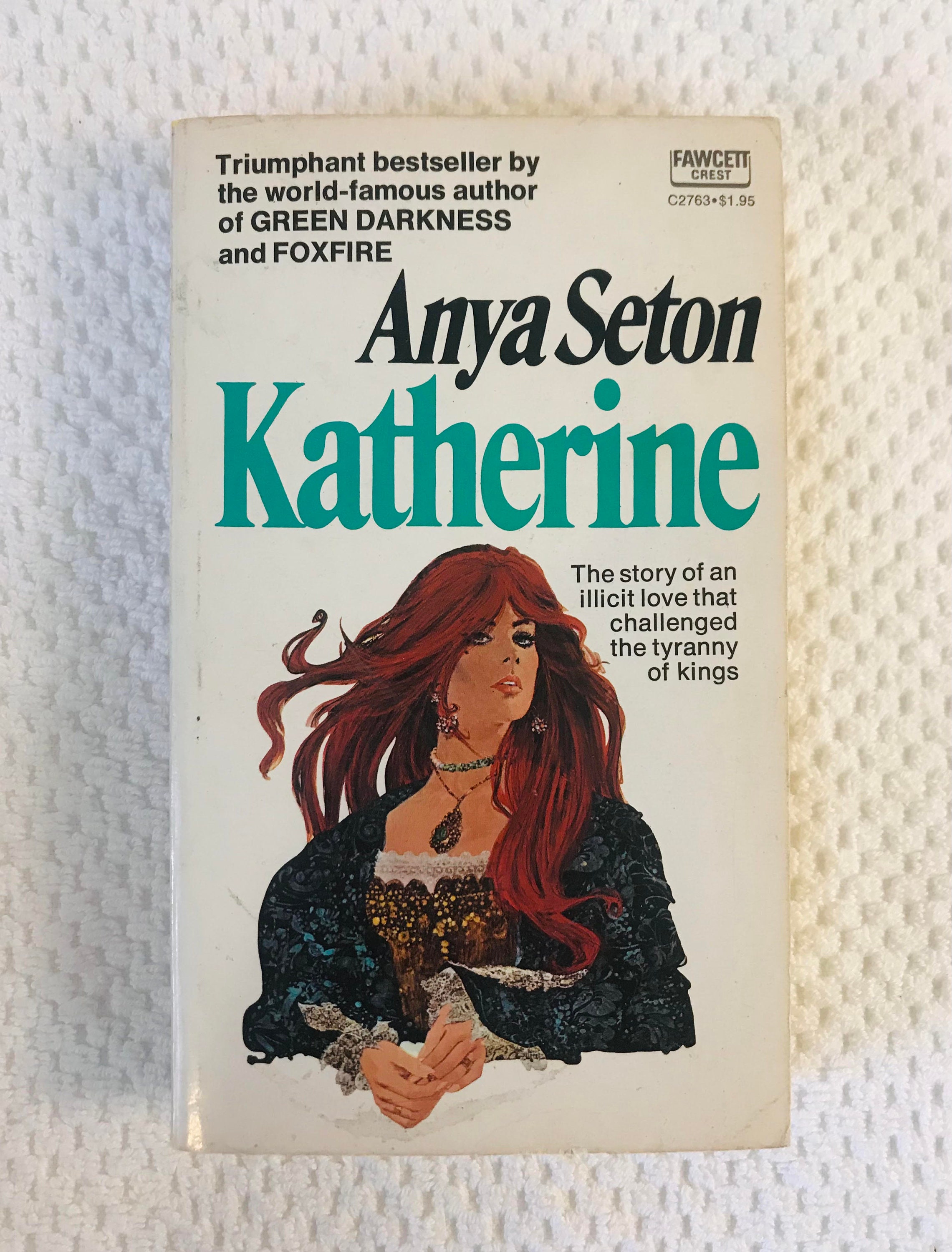



Quite wrongly, critics came to regard historical fiction and romantic fiction as one and the same genre and condemned both for being fantastical, escapist vehicles for predictable love stories suitable only for women readers who required entertainment but no intellectual challenge.īut a good historical novel has characters whose basic humanity engages our empathy and whose convincing circumstances remind us that the past is, indeed, another country. The popularity of the post-war realist novel – grimy, gritty, and contemporary, and the enthusiasm for experimental novels, meant that traditional works by such writers as Seton, Georgette Heyer, and Jean Plaidy, maintained some of their readers but lost the approval of the critics. Anya Seton was one of the leading writers – mostly women – who dominated the discipline of historical fiction after the second world war, and whose critical and popular acclaim continued until the late 1950s when fashions in literature changed.


 0 kommentar(er)
0 kommentar(er)
